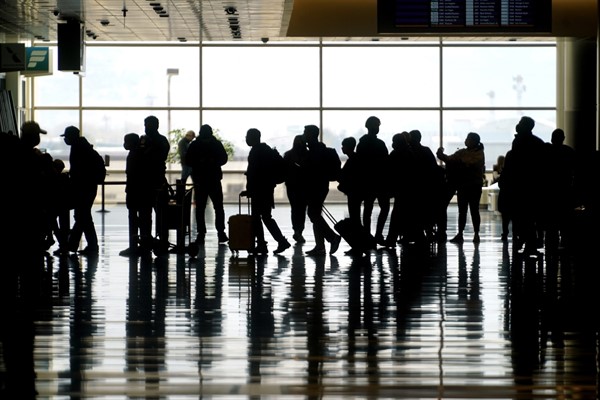On Sunday, New Zealand finally opened its borders to visitors from 60 countries after almost two years, marking a momentous occasion for families, for the country and for the world’s battle against COVID-19. New Zealand has consistently maintained some of the strictest pandemic-related travel restrictions, and with these now lifted, it appears that at least some parts of the world have truly returned to “normal.”
As more countries lift restrictions, international travel, and especially international tourism, has seen a resurgence. For the first time since 2020, people are starting to travel abroad en masse, not just to see family and friends, but also for leisure. This means that more and more people are facing the question: to travel or not to travel?
At the onset of the pandemic, some experts predicted that COVID-related travel restrictions might lead to less air travel in the long run. They hoped that the added complexities of testing and paperwork involved with air travel, combined with a gradual shift toward “staycations” as countries introduced incentives for people to stay local and contribute to domestic economic recoveries, would change travel habits even after the pandemic had ended. That, in turn, would lead to a welcome reduction in global carbon emissions.

